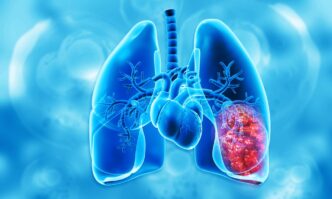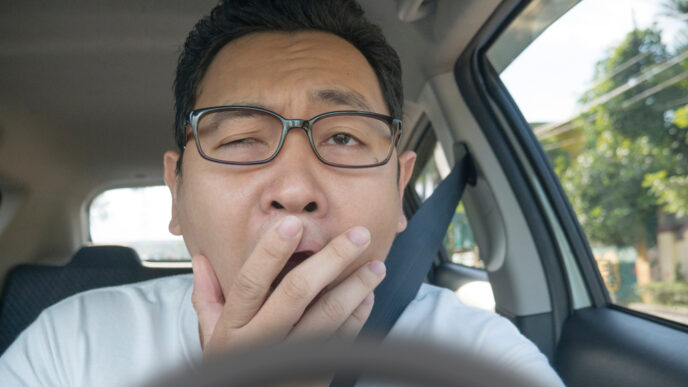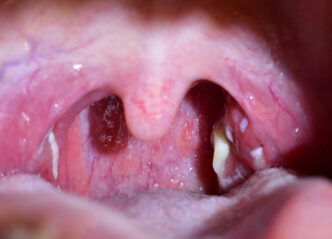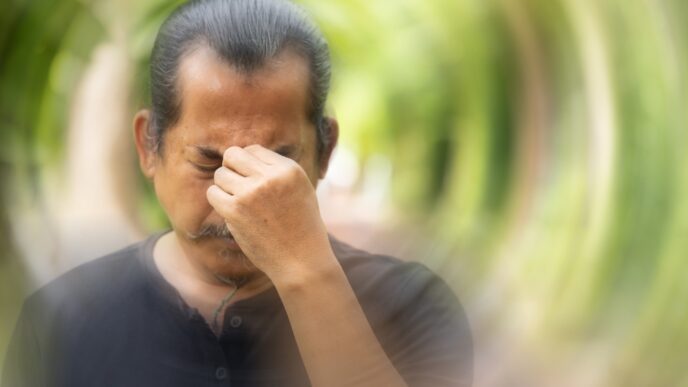Lung cancer is the deadliest cancer in Malaysia and most people don’t realize they’re at risk until it’s too late. The good news is that early detection can save lives. Here’s what you need to know about the silent danger, who’s most at risk, and the tests that could change everything.
WORDS PANK JIT SIN
 FEATURED EXPERT FEATURED EXPERTPROFESSOR DR ANAND SACHITHANANDAN Consultant Cardiothoracic Surgeon Sunway Medical Centre |
 FEATURED EXPERT FEATURED EXPERTDR THO LYE MUN Consultant Clinical Oncologist Beacon Hospital |
Lung cancer is one of Malaysia’s top cancer killers, responsible for thousands of lives lost every year.
What is frightening is that nearly 95% of people only find out they have it when it’s already in an advanced, difficult-to-treat stage.
“We’re seeing more lung cancer in younger, non-smoking Malaysian, which is why early screening matters for everyone, not just smokers,” says Professor Dr Anand Sachithanandan, the past President of Lung Cancer Network Malaysia.
However, new tools, treatments, and screening methods are making a difference… provided if you catch the cancer early.
Dr Tho Lye Mun, consultant clinical oncologist and the current President of LCNM, agrees.
“Advancements in targeted therapy and immunotherapy have transformed lung cancer care. Many patients are now living longer, healthier lives, even with late-stage diagnoses,” he says.
WHO IS AT RISK AND SHOULD BE ON GUARD?
You might think only long-time smokers get lung cancer, but it’s more complicated than that.
- Age matters. The risk jumps after age 45.
- Smokers. Those with a history of smoking for 20+ years are especially at risk.
- Non-smokers aren’t completely safe either. A growing number of cases, especially in women, occur in people who’ve never smoked.
- Family history counts. If a parent or sibling had lung cancer, your risk goes up.
- Second-hand smoke, particularly dangerous for women.
- Your race or ethnicity also plays a role.
- Chinese men have nearly twice the risk compared to Malay and Indian men.
- Chinese women face a 1-in-80 lifetime risk — much higher than their Malay or Indian peers.
- Air pollution and workplace hazards can also raise your risk.
| Click here to join Professor Dr Anand Sachithanandan as he discusses further the risks of second-hand and even third-hand smoke on our health. |
THE BEST WAY TO DETECT LUNG CANCER EARLY
The gold standard test today is the low-dose computer tomography (CT) scan (LDCT).
- It is painless and quick.
- It uses low doses of radiation.
- It detects tiny, early-stage lung nodules that a normal chest X-ray would miss.
Furthermore, artificial intelligence (AI) technology is being used in some hospitals to scan regular chest X-rays for early warning signs, speeding up referrals for proper testing.
GAME-CHANGING TREATMENTS
Gone are the days when lung cancer treatment only meant tough chemotherapy. Now, options include:
Targeted Therapy
- Zeroes in on specific mutations in cancer cells.
- Usually fewer side effects than chemotherapy.
- Keeps patients feeling better for longer.
Immunotherapy
- Boosts the ability of your body’s immune system to hunt down and destroy cancer cells.
- Often given as an outpatient treatment.
- Helps patients stay active and live well
Radiosurgery
- A high-precision form of radiotherapy.
- Delivers powerful radiation right to the tumour.
- Spares healthy tissue, ideal for hard-to-reach areas like the brain.
SURVIVAL RATES ARE IMPROVING
- In the past, a diagnosis of stage IV lung cancer meant one usually has just 6 months to live.
- Today, some patients live over 4 years and counting.
- Early detection at stages I or II of lung cancer means a possible cure and normal life expectancy.
WHAT ABOUT VAPING?
Vaping might seem like a safer option compared to smoking, but doctors aren’t all convinced.
- The long-term effects are still unknown.
- It’s considered a gateway to cigarette smoking.
- Vape liquids contain chemicals that might be harmless on your skin but dangerous when inhaled.
- The unregulated nature of flavours and ingredients makes health risks unpredictable.
Until there’s solid proof it’s safe, it’s better to avoid vaping altogether.
| For more information of vaping as well as the pros and cons of it, click here to take a deep dive with pharmacist Lim Kelvin on this topic. |
FINAL TAKEAWAY
- Lung cancer is preventable, treatable, and — with early detection — even curable.
- If you’re over 45, have a history of smoking, or a family history of lung cancer, talk to your doctor about getting screened. It could save your life.
This article is part of our series on the latest developments in the treatment of bone cancer.
|














